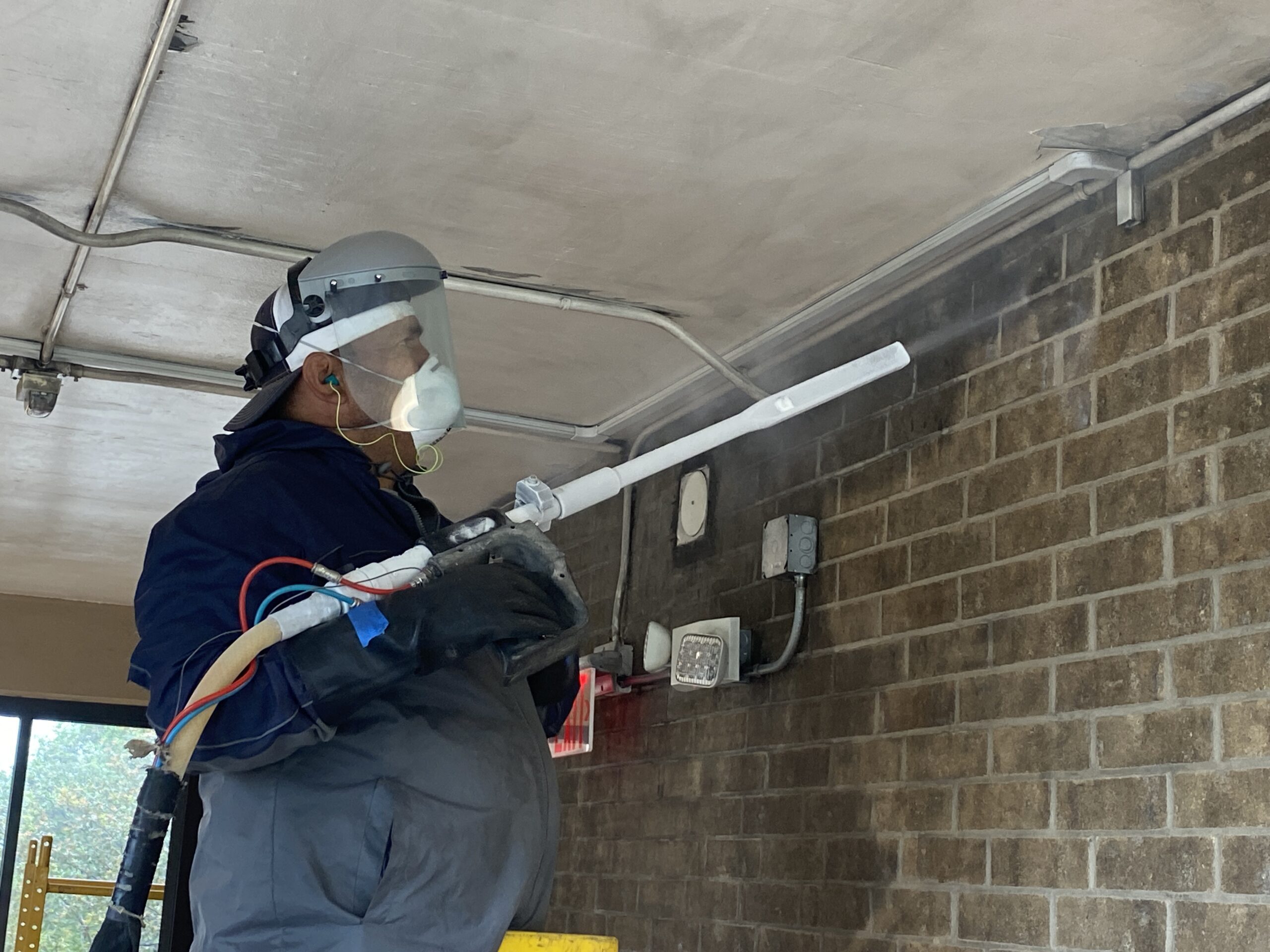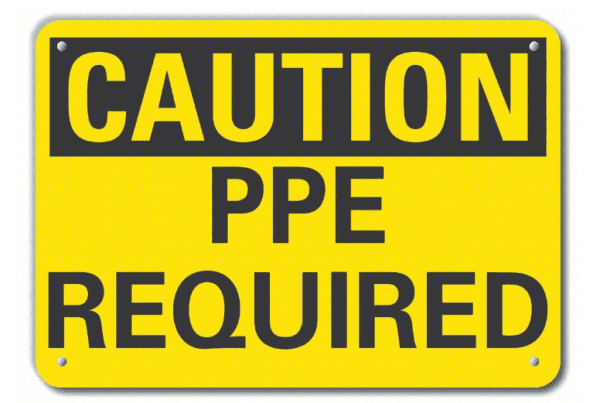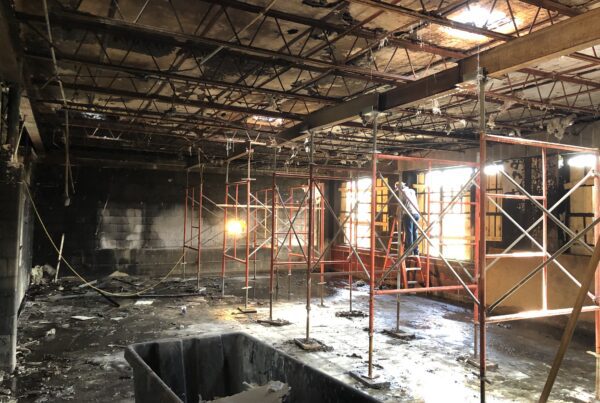Media blasting is a term with several different meanings: demolition by dynamite, criticism of major news networks for their ethics standards, or restoration work. Media blasting in restoration has a variety of uses from blasting away fire damage to deodorizing and cleaning a surface. Each requires unique surface preparation, cleaning, and stripping. Before media blasting is used in a restoration projects, it is important to understand the different advantages and disadvantages of types of media that are available. Grit media can offer great cutting and stripping abilities, whereas a bead media can offer better polish and surface consistency. Below are some of the more common types of media that are used for media blasting in the restoration industry:
Baking Soda: baking soda has been a staple in the media blasting world since it was used to clean the Statue of Liberty in the 1980’s. Baking soda acts as an air or refrigerator freshener as a household item, and as a blast media the same concept holds true. In blasting, baking soda works great as a deodorizer and cleaner and is a natural fit for work such as fire restoration. The substance will not only clean wood joist, concrete walls, and brick surfaces, but will also deodorize the smoke smell to further restore the surface to its original state. Baking soda can also strip and prep surfaces that are thin, ornamental or delicate because it is much less abrasive then a traditional sand or grit media. One of the drawbacks to blasting with baking soda is it has the potential to kill any vegetation in an outside environment.
Sand and Grit: traditional sand or grit media are still used in some surface preparation or stripping applications. Sand or grit media are proficient at removing years of buildup, paint, and corrosion from surfaces such as wood ceilings, concrete statues, or brick walls. The use of sand or grit media is ideal for removing stain or varnish from wood, restoring stone walls and paint removal. Grit media is capable of cleaning the surface to leave it natural or to prep the surface for coating. The biggest drawback of sand or grit media is dust that is left behind and the clean-up that is required.
Glass Bead: glass bead is a blast material that is often used on surfaces such as stainless steel, brass, or bronze to remove weld slag, buildup, or brighten the existing surface before sealing. Glass bead is less abrasive than the traditional grit media. The material is a bead shaped instead of grit shape; therefore, the round edges are better at creating a uniform finish on ornamental, delicate, and thin metal surfaces, without the abrasive cutting ability that a grit or crushed glass media provides.
Dry Ice: dry ice blasting involves either pelleted CO2 pellets or shaved block CO2 as the blasting media. The process works to clean or remove flaking, failing paint from a surface to prep for new paint. Dry ice is also effective at removing soot and char from wood beams, joists, trusses, and concrete and brick surfaces damaged by fire. However, it is not as effective as removing the smoke odor as baking soda. Dry ice is often used in fire restoration scenarios when the building or residence is occupied because it creates significantly less dust than traditional media blasting. Upon contact, the dry ice material will evaporate leaving only the waste contaminant. This process can often reduce the amount of clean up time on a project. Dry ice is also used in plant environments because there is no contamination of secondary media waste.
Every restoration project is different. It is important for any restoration contractor to understand the requirements of the project in order to select the proper type of blast media. Until next time my friends, be prepared and stay safe.
Reference: “Blast It! Breaking down the types of media blasting” by Jay Dillon





